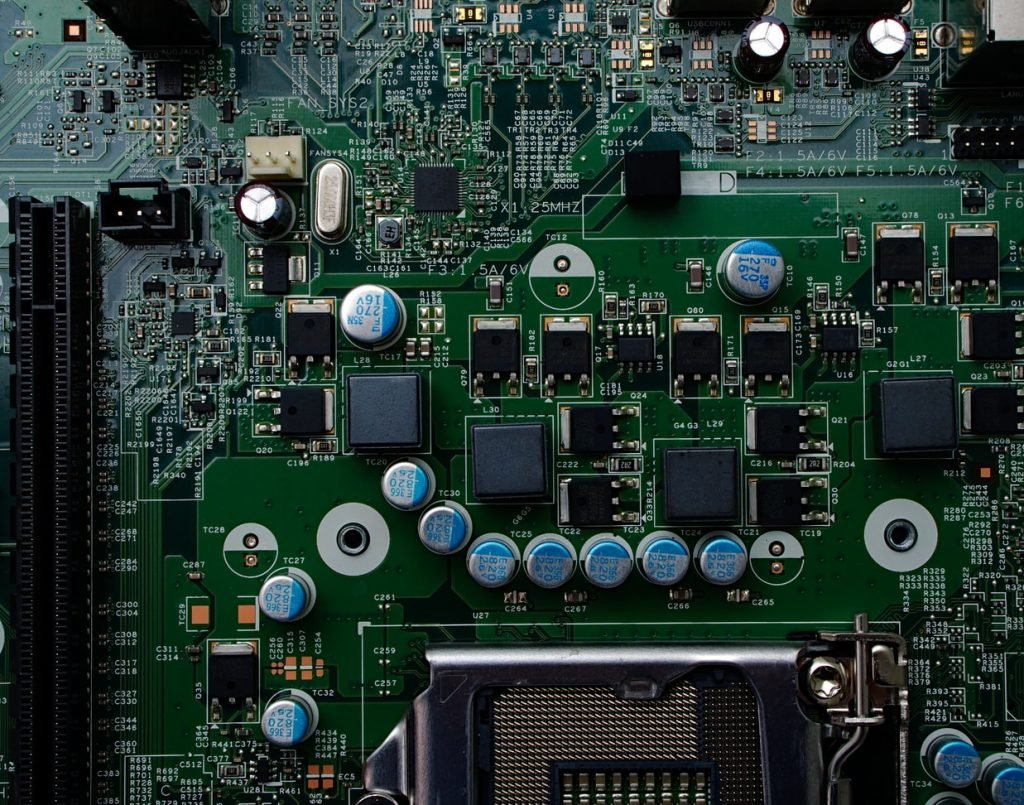Brief introduction / Analysis of BMS key technology
a. Acquisition accuracy of original physical signal
Cell voltage, current, temperature, total voltage, switch, etc.
b. Mathematical model of key indicators
c. Enhanced function scheme design
Balanced management, etc.
d. Design considerations of six product characteristics
Supportability, reliability, safety, testability, maintainability, and environmental adaptability.
The development trend of BMS Key Technology
The future research of BMS focuses on the following aspects:
a. State estimation technology:
accurate estimation of SOC, SOH, SOP and other technologies will continue to be the focus of future research.
Based on accurate battery modeling, combined with information management, big data,
and adaptive learning algorithms, the full life of the battery will be realized Periodic high-precision state estimation.
b. Active balancing technology:
active balancing technology can improve the consistency of the battery pack, slow down the attenuation of the battery pack, and increase the battery pack's service life.
As an energy-saving, environmentally-friendly, and green balancing method,
most importantly, it is the direction of future research,
especially with the development of the echelon utilization of power batteries,
active balancing can greatly improve the efficiency of echelon batteries.
In the future, the research focus of equalization technology will focus on equalization topology,
equalization strategy, and stability and reliability of equalization to achieve optimal control of equilibrium.
c. Distributed battery management system:
The distributed management system integrates battery modules
and battery acquisition units to realize intelligent and standardized battery modules.
The advantages of this structure are that the module assembly process can be simplified,
the sampling harness is relatively easy to fix, the harness distance is uniform, and there is no problem of uneven voltage drop;
it is easy to standardize and modularize battery modules and facilitate the use of batteries in cascades.
This architecture solves the complicated problem of wiring harness through the bus mode,
and the installation is relatively simple, the efficiency is high, the flexibility is good,
and it is suitable for different battery pack sizes.
d. Integrated design:
With the development of integrated circuits, the functions and resources of the microcontroller MCU are greatly enhanced,
which enables the integration of the BMS master control,
simplifying the responsibilities of the BMS, and making it more focused on the management of the battery itself.
e. Battery life cycle management:
To save energy, environmental protection, and maximize the use-value of batteries,
the echelon utilization of power batteries after retirement has become a hot spot for the entire industry.
It is current to realize battery life cycle management through various means the focus of research.
f. Functional safety:
How to avoid unreasonable risks and achieve functional safety?
ISO 26262 provides a specific risk-based analysis method for automobiles.
Determine the automotive safety integrity level ASIL and provide a safety life cycle for automotive products.
g. Battery diagnosis technology:
The battery diagnosis technology is a technology that has been paid more and more attention in recent years.
It requires the battery management system to have a good understanding of the characteristics of the battery,
most importantly, can determine whether the battery has failed or there is a risk of failure when the battery is working or idle.
Moreover, the advanced battery diagnosis technology also includes how to measure the consistency of the batteries in the battery pack,
and the battery pack's self-activation and self-repair functions.
h. Low-cost technology:
The cost of the battery management system has gradually become the focus of attention.
How to realize the low-cost design of the battery management system based on ensuring safety and reliability requires efforts in system architecture and chip design.

